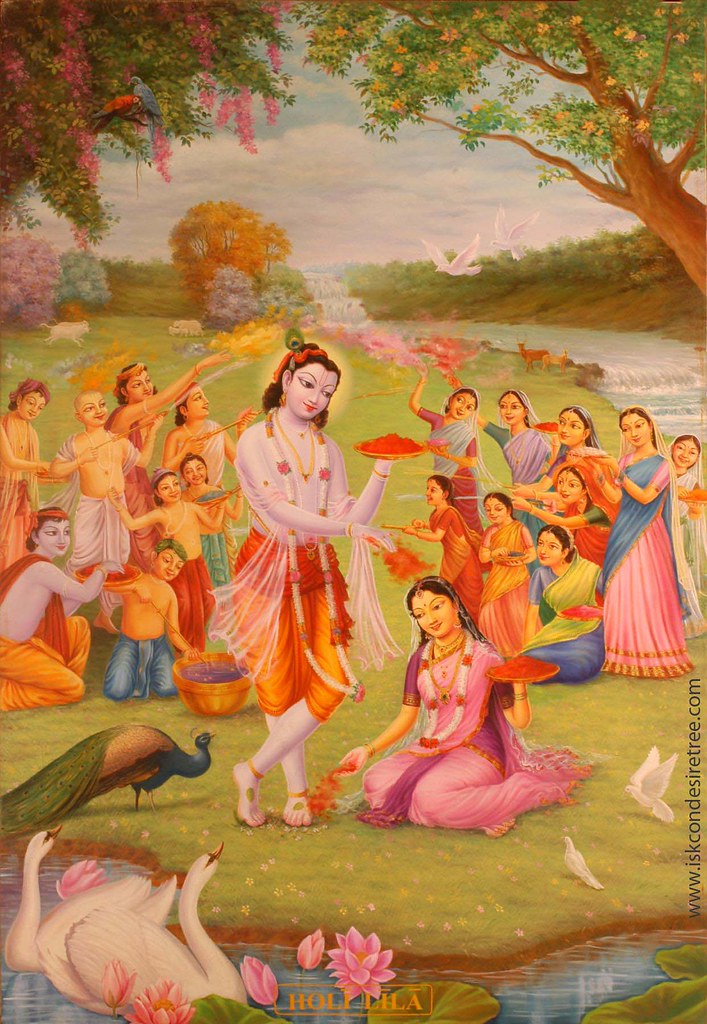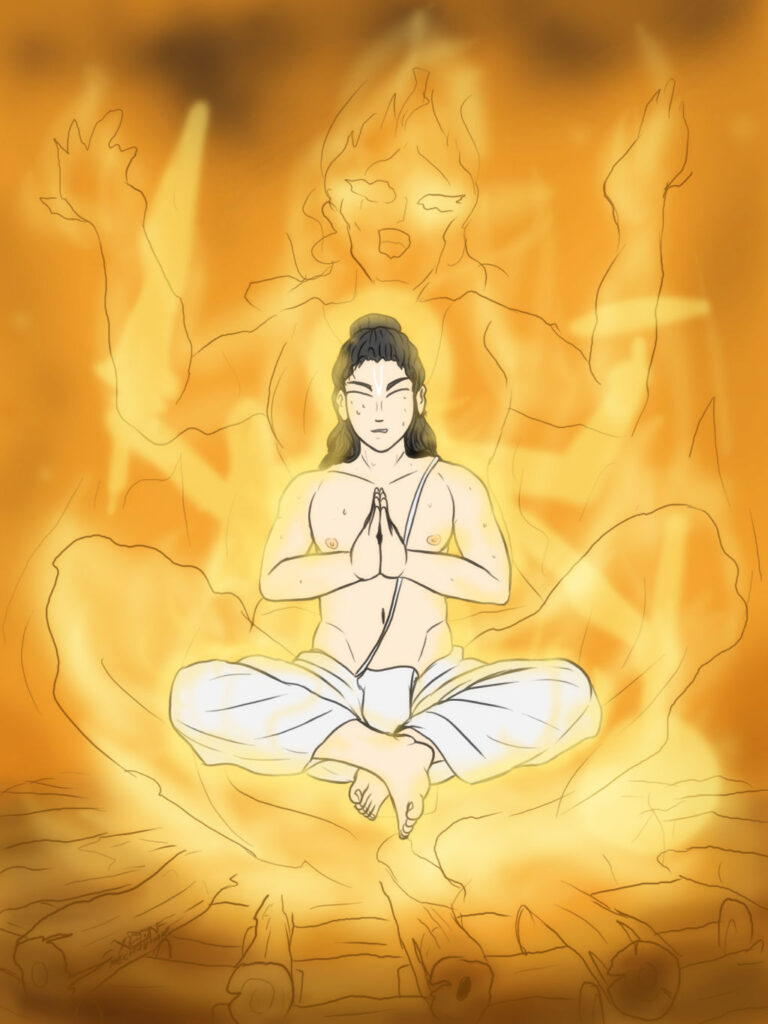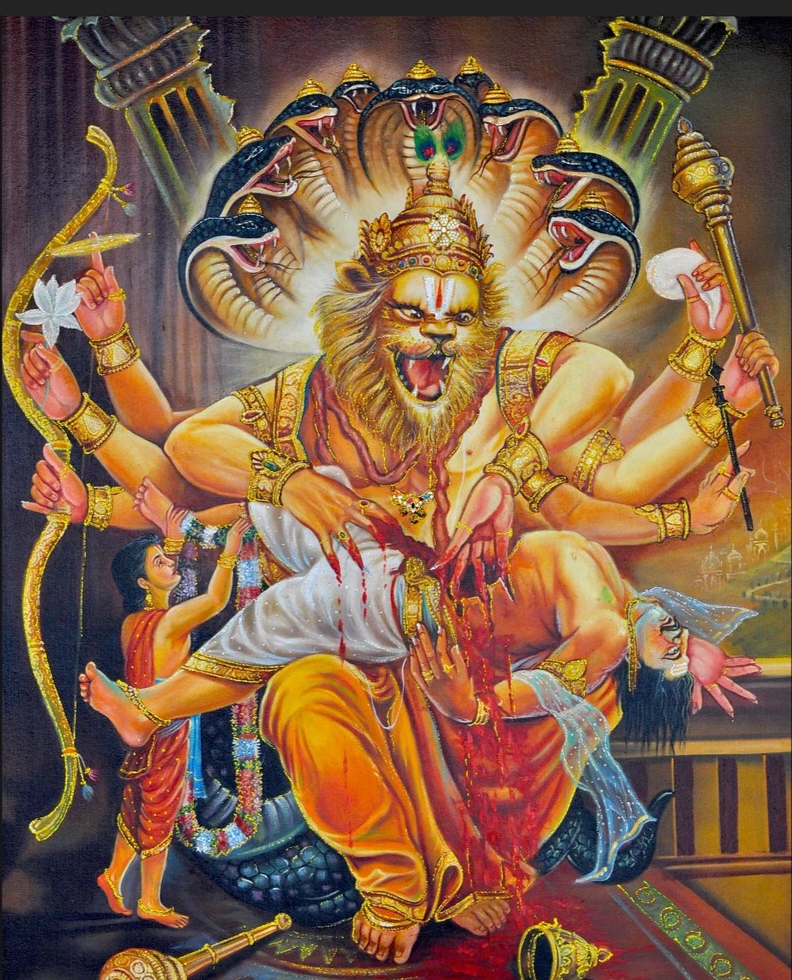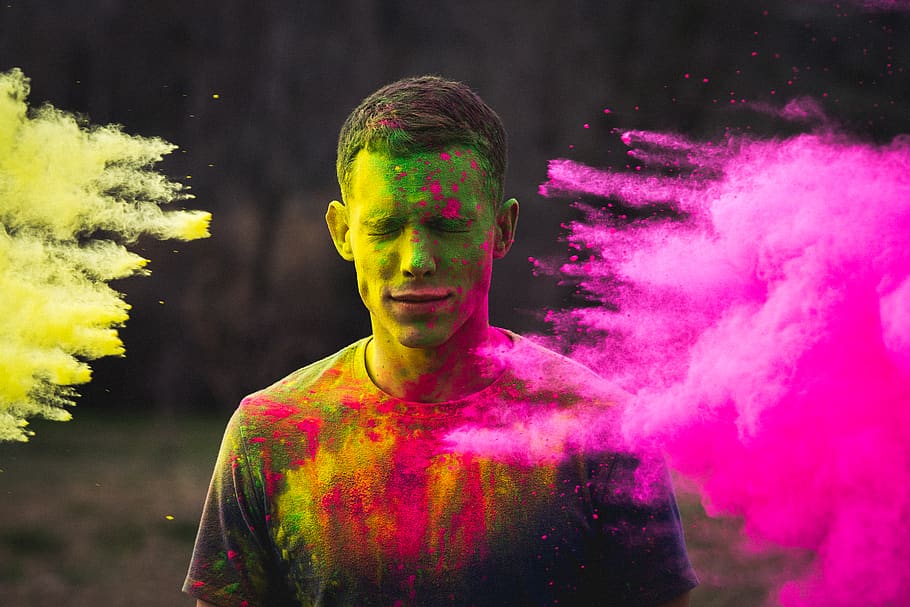A Colorful Celebration of Good Over Evil is Holi. Also known as the Festival of Colors, is a vibrant and joyous celebration deeply rooted in Hindu traditions. This ancient festival, which follows Diwali, holds immense cultural and religious significance, symbolizing the victory of good over evil. Lasting for two days in some regions, Holi begins with Holika Dahan, a ritual that marks the triumph of positivity and the eradication of negativity. The festival is a time of camaraderie, unity, and new beginnings, welcoming the arrival of spring with a burst of colors and festivities.

The Festivities of Holi
Holi is not merely about playing with colors; it is a celebration of unity, equality, and the triumph of good over evil. The festival kicks off with symbolic bonfires that burn away negativity, paving the way for a colorful and vibrant future. Participants gleefully engage in throwing colored powder, each hue carrying symbolic meanings such as new life and the cleansing of sins. Holi serves as a time for forgiveness, reconciliation, and coming together in a spirit of togetherness, bridging gaps between individuals from diverse backgrounds.
The Mythological Tale of Holi
The story of the victory of good over evil is told through the story of Hiranyakashyap. He was an ancient king who deep meditated for many years and asked for immortality as a boon to The Brahma. Being immortal is against nature, so when he was asked for any other boon, he used a trick and asked for the boon. He said, “No one can kill me during the day or at night, neither an animal nor a human can kill me, no one can kill me inside the house or outside the house, I can’t be killed by any weapon.”
Now he started claiming to be immortal and started harassing the people . He used to force them to worship him as God and tortured them if they didn’t o so. When his sins increased too much, his journey to the end began. His own son Prahlad became very devoted to worshiping Lord Vishnu, which made Hiranyakashyap angry. His son used to worship God instead of him. Enraged, Hiranyakashyap tortured Prahlad, but each time the grace of Lord Vishnu saved him. One day, Hiranyakashyap’s sister Holika sought an opportunity to try to kill Prahlad. She had a boon that fire could not burn her. She sat in the flames with the devout Prahlad in her lap. Prahlad was saved and Holika perished.

Finally, Hiranyakashyap decided to kill Prahlad himself. He took his sword in his hand and asked Prahlad if His god would save him? Prahlad said that Lord Vishnu is everywhere and he will save him. The evil demon pointed to a pillar in the palace and asked if Vishnu was in this pillar too ? When Prahlada accepted, Hiranyakashyap became furious and hit the pillar violently.
From the same pillar, Lord Vishnu appeared in his Narasimha avatar and with a loud roar, caught Hiranyakshayap in his long arms. Seeing this form of the Lord, the demon was so frightened that he could not do anything. After this, with a roar, the Lord took the demon in his lap and sat in the middle of the main door of the palace, that is, neither inside nor outside the house, his face was that of a lion and his body was that of a human, that is, neither animal nor human, it was evening time, so it was neither day nor night and finally the avatar ripped apart the demon’s stomach with his nails, which does not come under the category of any weapon. Lord Vishnu fulfilled all the conditions that were necessary to kill Hiranyakshayap. In this way, good won over evil.

The Rituals of Holi
The night before Holi is marked by the Holika Dahan ritual, symbolizing the victory of good over evil and the burning of negativity. The following day is filled with colorful celebrations, as people revel in throwing colored powders and water at each other, spreading joy and happiness. The festival transcends social barriers, bringing people together in a spirit of camaraderie and festivity, fostering unity and togetherness among communitiets.

Holi, with its roots in ancient Hindu traditions, is a festival that embodies the essence of spring, new beginnings, and the triumph of good over evil. Through vibrant colors, joyous celebrations, and symbolic rituals, Holi serves as a reminder of the power of positivity and unity in overcoming adversity. As people come together to play with colors, forgive past grievances, and embrace the spirit of togetherness, Holi stands as a testament to the enduring values of love, harmony, and the victory of righteousness.

